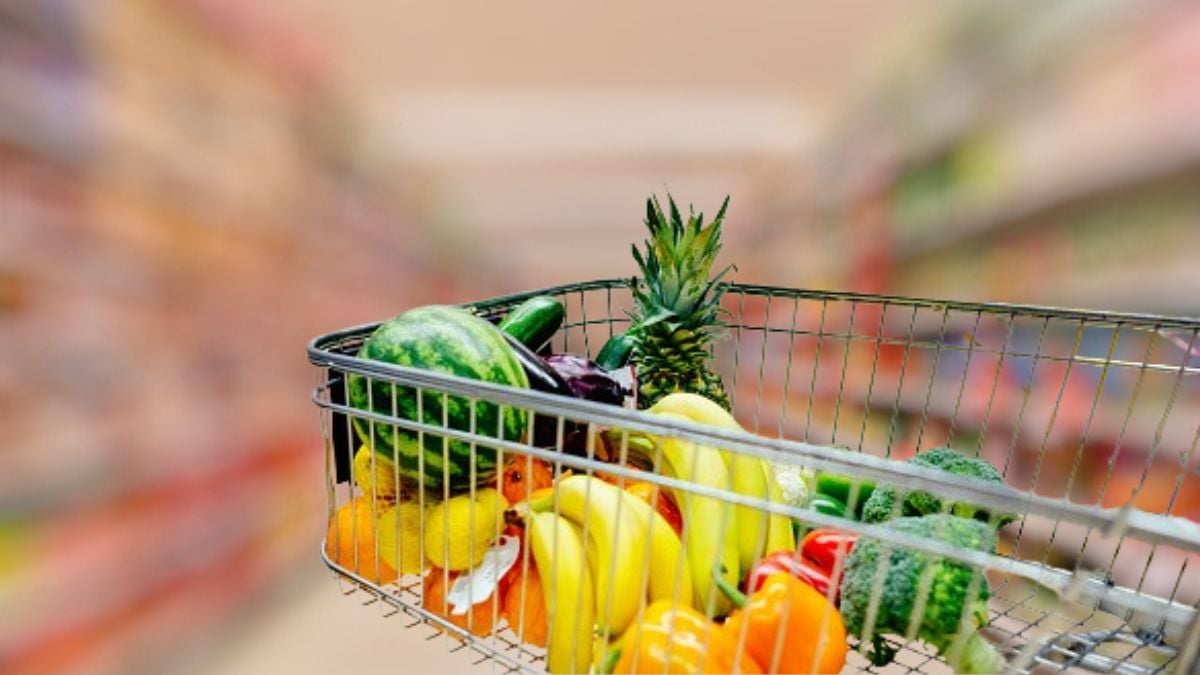
For several weeks now, nearly every store in the United States has seen an increase in egg prices, largely due to a shortage of the product. However, eggs are not the only product affected, since there are many other foods that have increased their price.
Here, we will explain which products have been impacted by rising prices and the reasons why the cost of basic food items is through the roof.
Foods that have increased in price in the United States
According to the Consumer Price Index from the Department of Labor, the product with the highest monthly price increase is eggs, with their cost rising by 15.2% since January. Following eggs are other staples of the traditional American breakfast, such as:
- Frozen juices: 5.3% increase
- Bacon: 4.1% increase
- Biscuits, rolls, and muffins: 1.8% increase
ALSO READ Nissan and Honda backtrack on commercial merger; future collaboration not ruled out
Other foods that have increased in price in the United States, which are typically part of consumer shopping carts, include:
- Instant coffee: 4.4% increase
- Margarine: 3.6% increase
- Fruits: 2.8% increase
- Beef steaks: 2.8% increase
Why Are Food Prices Rising in the United States?
While many blame the new tariffs imposed by President Donald Trump, there are several factors that justify the price hikes, particularly in the food sector. Experts suggest that this increase is not directly tied to Trump’s tariff policy but is more connected to the underlying inflation in the country, which has risen by 2.7% since the second half of 2024.
Avian flu and climate change are also contributing factors to some of the recent price hikes. In the case of eggs, avian flu has led to the death of laying hens, creating supply issues. As a result, stores and supermarkets are either out of stock or have limited quantities of the product, albeit at exorbitant prices.
As for beef, the drought has led to the death of cattle, causing a price increase of up to 5.5%.
Trump’s Policies Will Increase Product Prices in the United States
According to David Ortega, a professor of food economics at Michigan State University, President Donald Trump’s policies, particularly the imposition of tariffs, could drive up the prices of more products.
“Policies can impact food prices. We are emerging from a period of many disruptions in the agri-food industry, from COVID to the Russian invasion of Ukraine. We need a period of stability, especially in terms of policies, to avoid returning to an inflationary period,” he stated.
On February 2, the Republican president signed an executive order to impose a 25% tariff on all products imported from Mexico and Canada, two of the U.S.’s main trading partners. However, two days later, he decided to suspend the tariffs for 30 days following discussions with the leaders of both countries.
How Will Trump’s Tariffs Affect U.S. Families?
Experts estimate that, with the implementation of tariffs, at least 12 million U.S. families would have to pay 25% more for a wide range of products, as Mexico is one of the top exporters to the United States.
Among the products that would increase in price due to the tariffs are:
- Cars and trucks
- Computers
- Televisions
- Refrigerators
- Supermarkets
- Fruits
- Vegetables
- Meat
- Beer
- Electronics and appliances
- Medical equipment









